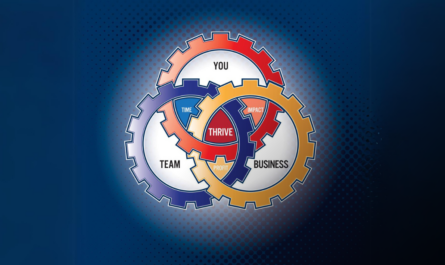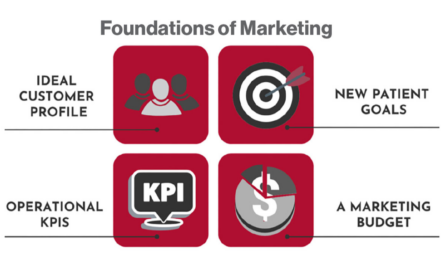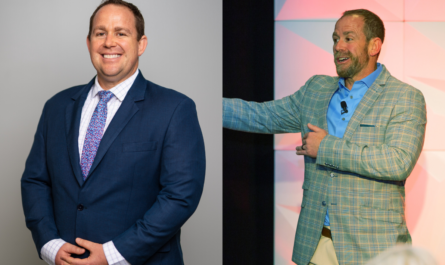By Christine Sison, CEO of Swiss Monkey
The pandemic forced a hard reset for how dental practices operate. Many businesses have the desire to take on the pent-up demand, but most are hindered by an ongoing challenge that plagued the industry even prior to COVID – the ability to find and retain team members.
As businesses continue to look for new ways to meet their staffing and operational needs, they should look at their existing solutions and actively assess what assumptions are no longer valid, how staffing and recruitment have changed with the pandemic and when a refinement or pivot is necessary to operate effectively in this new environment. The pandemic’s impact on the workforce was significant and accelerated macrotrends already underway and include:
- New workforce generation: The societal expectations of Millennials and Generation Z are forcing many employers to rethink their hiring and management approach. This “new” generation of workers demand an alignment between personal values and business values, as well as greater expectations regarding pay.
- The Great Resignation: With roughly half of the working population sharing they are likely to look for new jobs within a year and about one-third saying they would leave their job without having a new one in place, this new market is challenging even the most seasoned managers. Employers must create more holistic employee packages that speaks to their non-financial needs.
- Rise in Gig and Remote Workers: The pandemic also accelerated the rise in gig and contingent workers. These are individuals who have opted out of the traditional employer-employee contract and looking for greater autonomy with their schedule, pay and work-life balance.
What does this all mean? Below are some considerations and practical tips for operating in this post-pandemic era.
No. 1. Find Alignment between Business and Employee Values. While there is no one size fits all approach, employers that create the space, time, and resources to find alignment with their employees’ personal mission experience less turnover and more engagement.
No. 2. Change the Narrative and Create a More Humanistic Approach to Workflow Changes. While many practices already have some level of a hybrid model in place, the success and effectiveness of those partnerships vary. While the status quo of using traditional verbiage like “outsourcing” may seem benign, this traditional vernacular of using a third-party denotes a certain level of transactional nature around the model. Using terms like a “hybrid model” and “off-site team” can help with the uneasiness some may have.
No. 3. Evolve and Expand the Hybrid Model. In addition, organizations may want to consider looking at creating greater operational redundancies to minimize disruptions in staffing and to allow for their management teams to focus on growth efforts. Continuity of workforce is a real competitive advantage. Practices with chronic staffing turnover see a significant impediment to their growth and the care they are able to provide to their patients. As staffing continues to be a challenge, organizations instead should shift focus to a continuity of work execution as a new paradigm for their operations. As niche operational companies grow within the industry, organizations can embrace this change and shift a greater proportion of their operations to third parties versus allocate internal resources. This is a mindset shift from labor planning to work planning. Benefits include minimizing staffing disruptions, capitalizing on their specialization and thus efficiency, costs savings, and the reallocation of internal resources to growth and strategic objectives.






